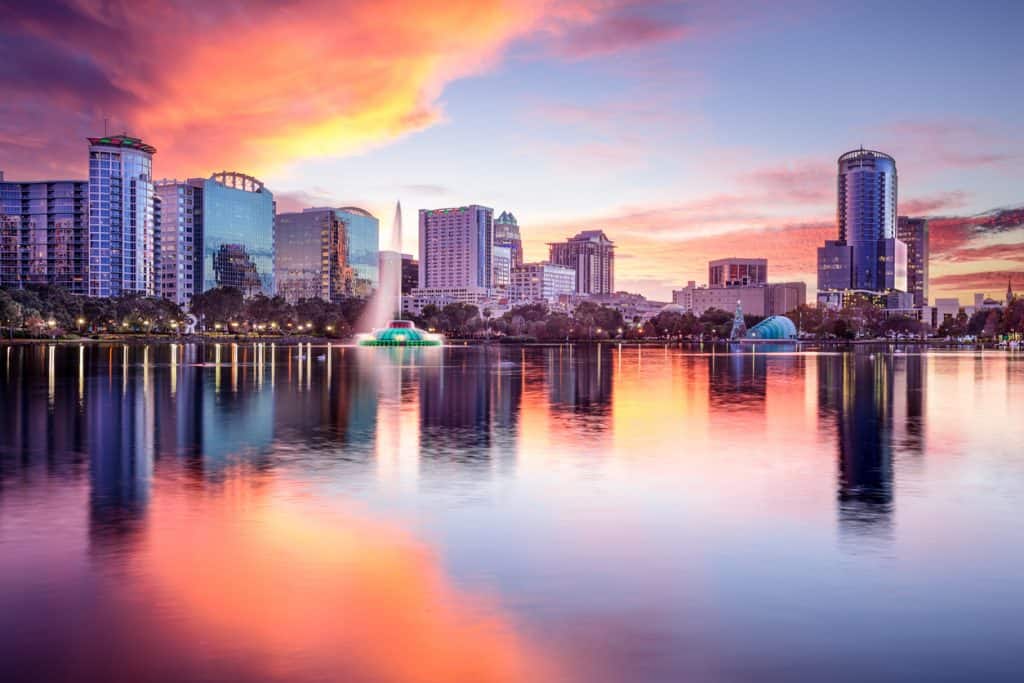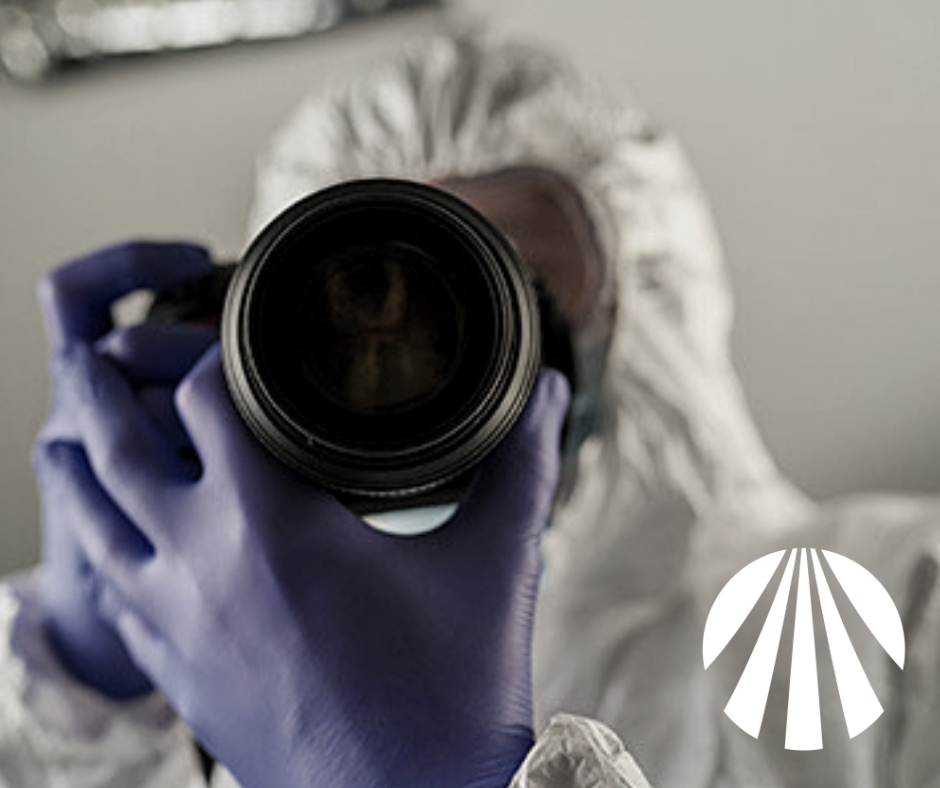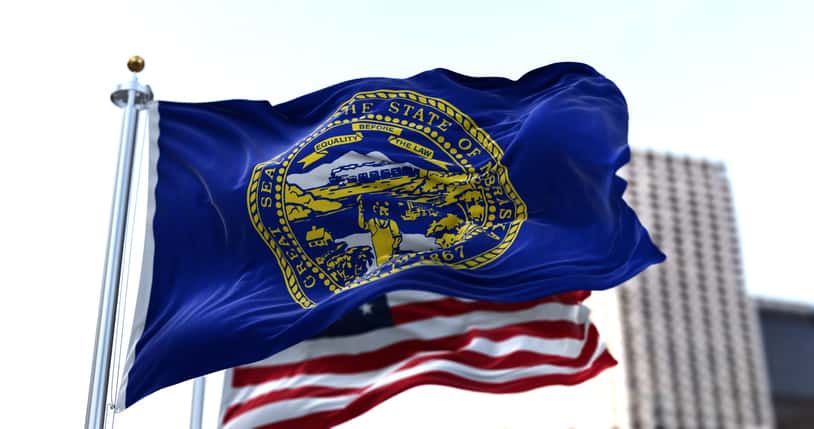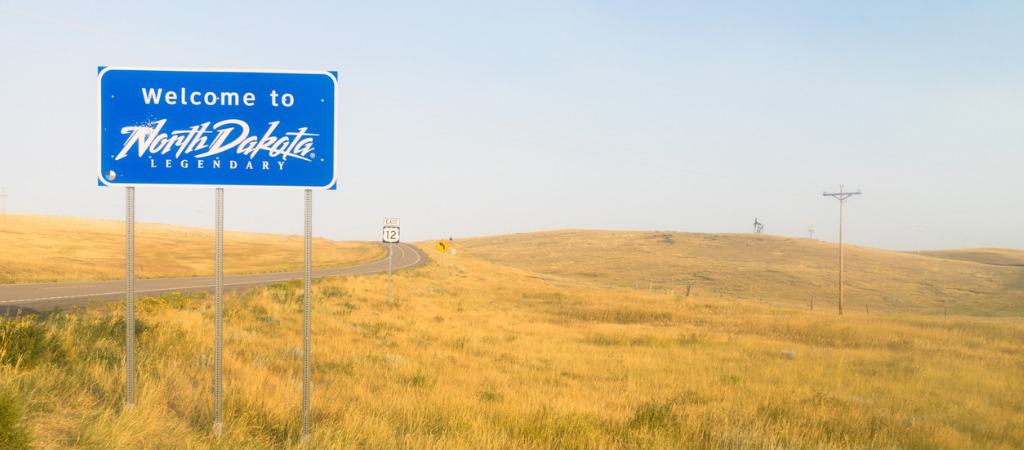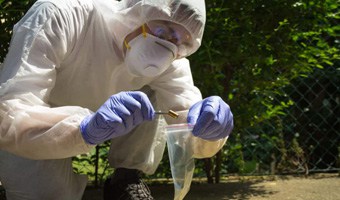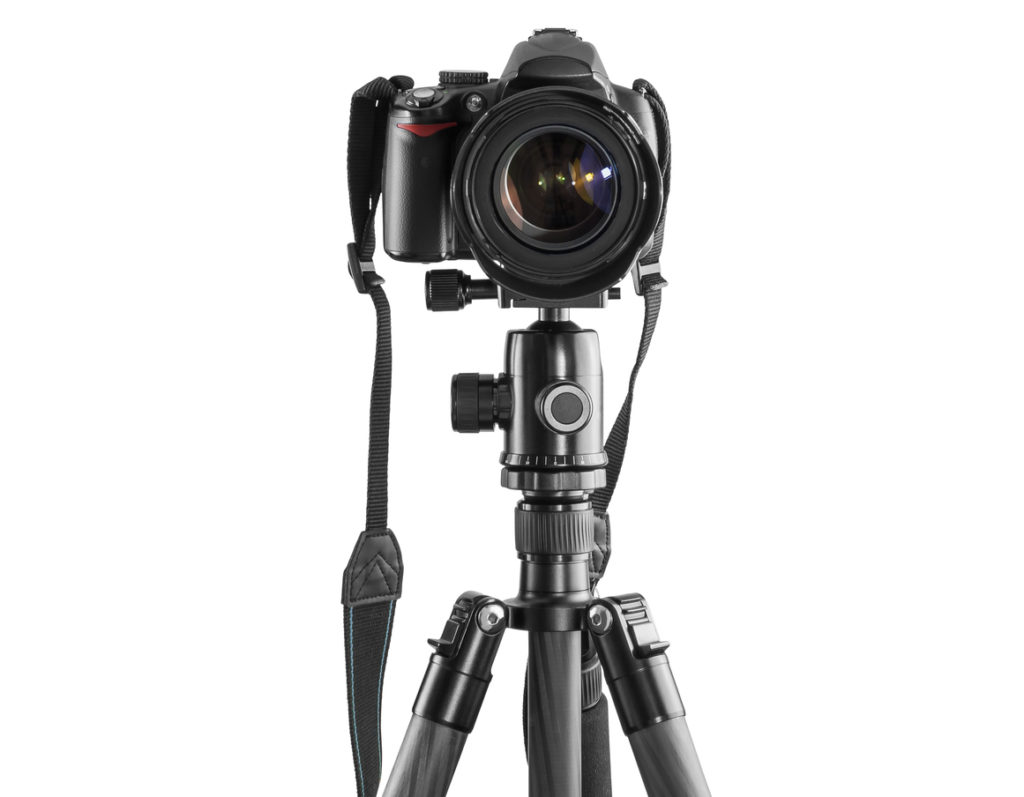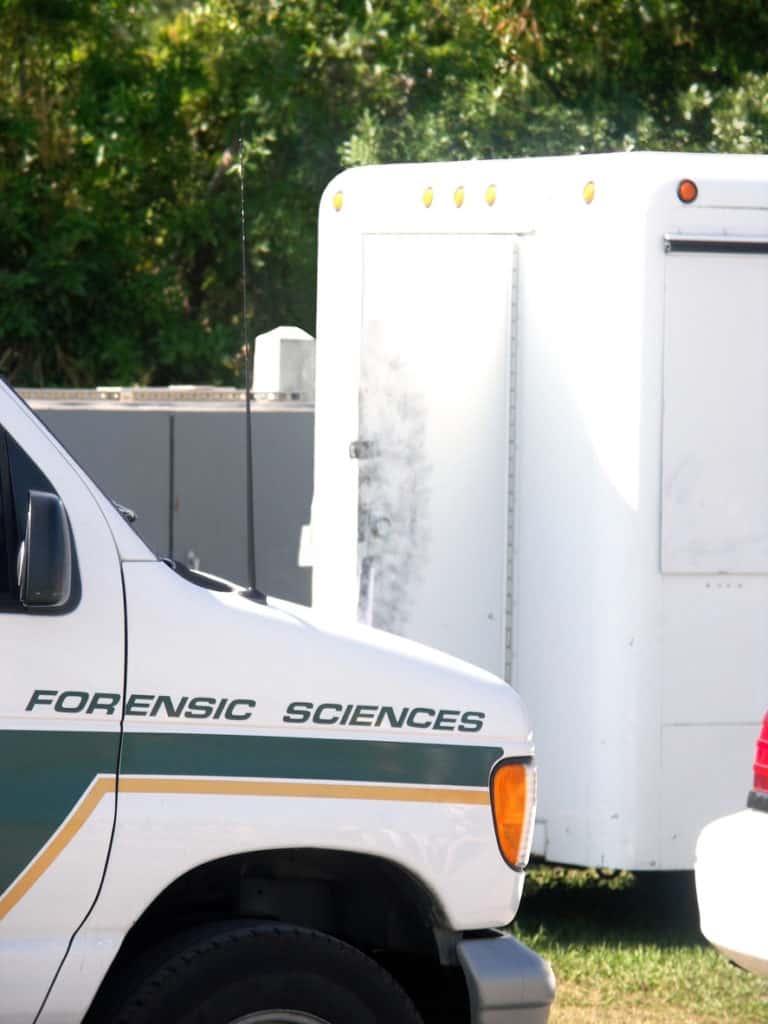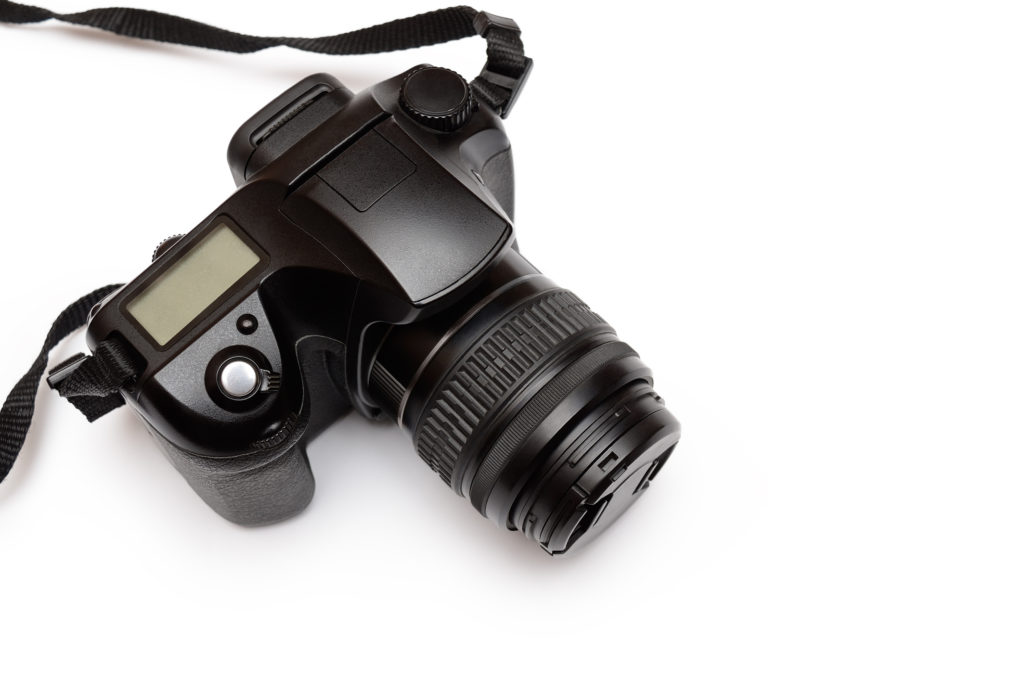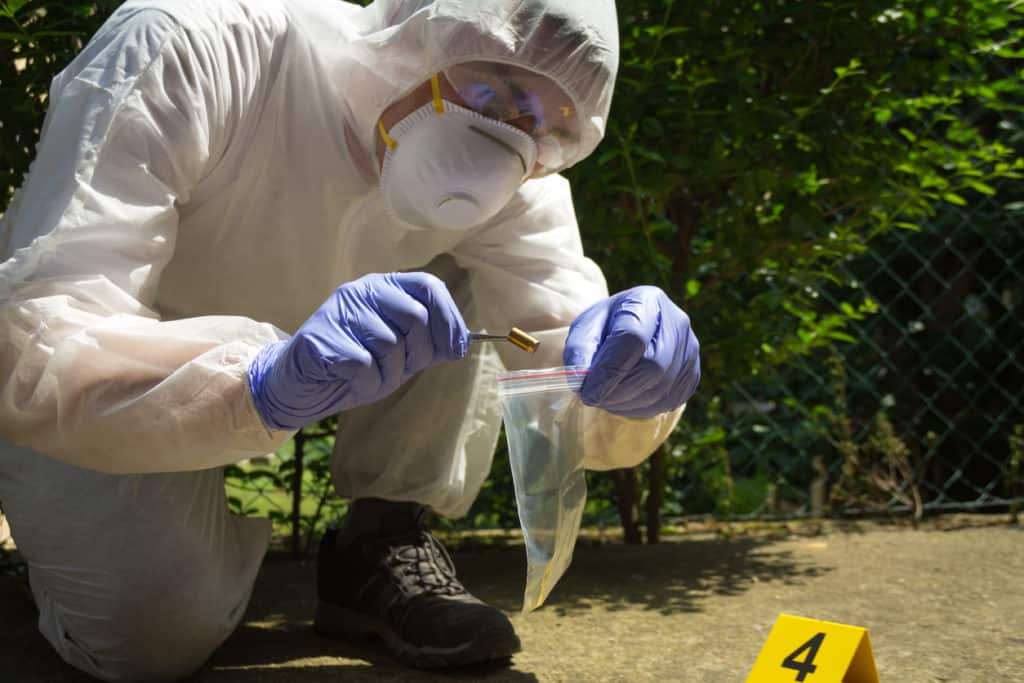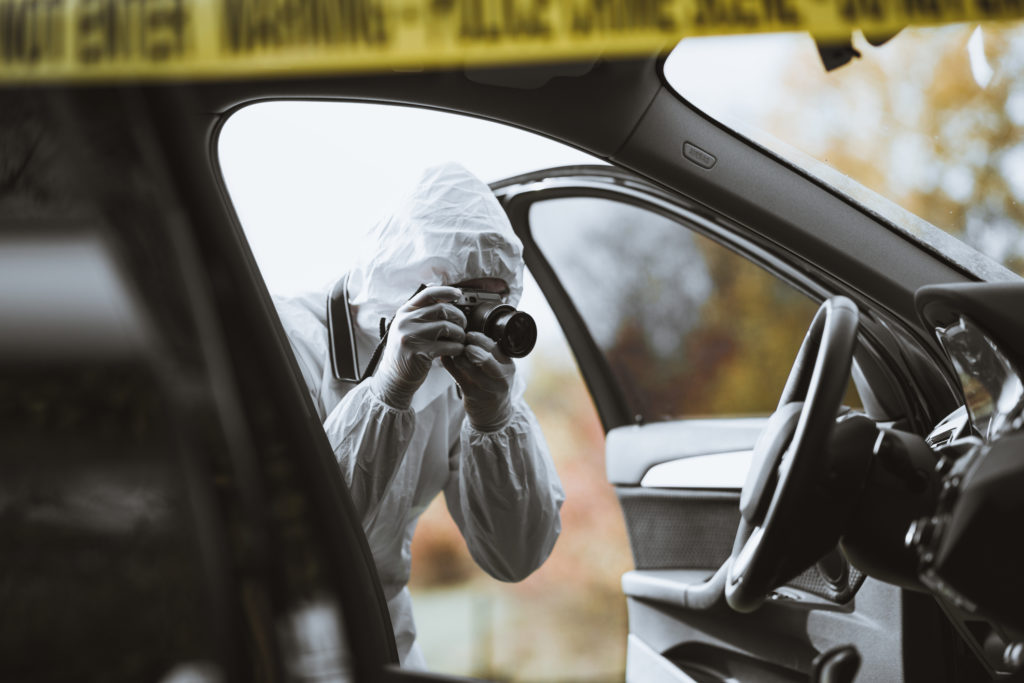L-Tron to Attend & Present at the 2025 IAI Conference in Orlando, FL
The L-Tron team will exhibit and present at the 109th International Association for Identification (IAI) Educational Conference at The Rosen Shingle Creek Resort in Orlando.
L-Tron’s patented OSCR360 System for Crime Scene Investigations will be available to demo in booth #326 from. Andrew McNeill, L-Tron’s Director of Forensic Photography, will also present the lecture, “Close Encounters: Documenting Tight Spaces” on August 14 at 10:00 AM.
